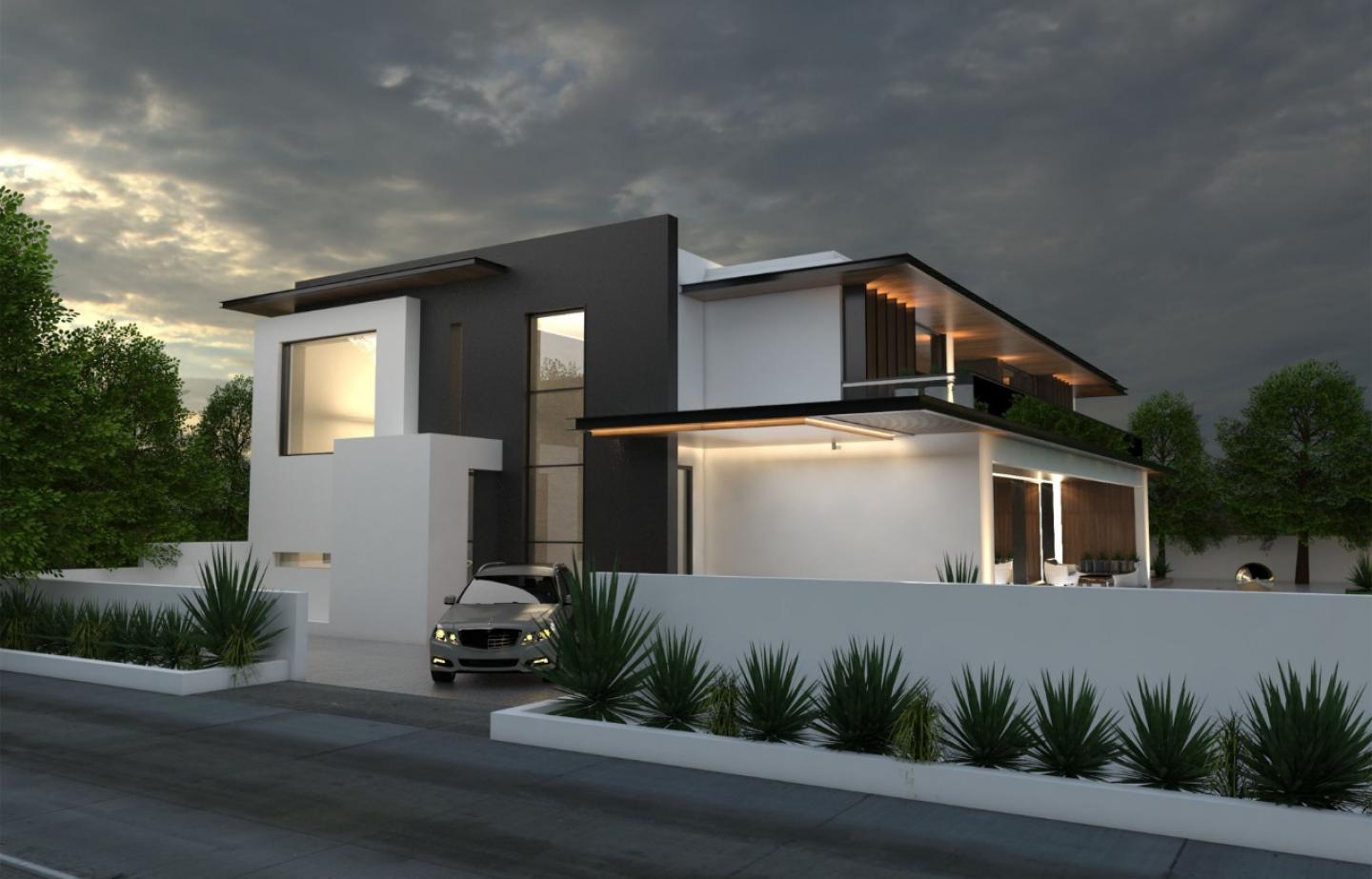As people are becoming smarter, so are their homes! While this statement might seem outrageous, it is true. With a rapid rise and developments made in the field of technology, automation is an element that is also being embraced in the residential sector. Home automation refers to the interconnectivity various Wi-Fi and BlueTooth based devices are connected to each other in a singular and comprehensive system. These systems are easily controlled with the help of voice assistants like Siri or Bixby. Through the introduction of home assistants like Google Home and Alexa, many Indian homes have already taken the first step for a full-fledged automatic home. By 2025, it is expected that one trillion devices will be connected through an Internet of Things (IoT), making for an easily navigable and smart home.
The most basic step developers have taken when the concept of home automation was introduced was by developing smart lighting systems. These lighting systems include bulbs, LED lights, and colour strips. What makes them unique from traditional lighting systems is that they do not need a physical switch to operate. As they are connected to Wi-Fi or Bluetooth, they can be controlled through voice or physical actions. These systems are also smart for another reason - they are motion-activated. So, when there is a user in a room, these lights activate automatically, and as the person leaves the room, these lights switch off automatically. While this development might seem insignificant, they are a superb way to save electricity. Technologies like these are good for the environment while saving your money!
2020
Safety & security is a very important part of being a modern homeowner. In recent years, the security systems developed have made leaps and bounds in comparison to the technologies seen a decade ago. The CCTV is a humble yet very powerful asset one can equip their homes with. Residents are able to access CCTV footage remotely, get alerts for movements, and even store important recordings on the Cloud. Apart from CCTV cameras, there is also smart doorbell and locks. Smart locks allow the user to lock the door remotely. Similarly, smart doorbells allow the resident to attend to doorbells remotely through an audio and video recording device. Home keys are also becoming obsolete - residents can simply enter their homes using an RIFD card. It is harder for thieves to get in as the card doesn’t leave any room for lockpicking. Some devices also trigger an alarm and alert the authorities if they detect any kind of suspicious activity.
There is nothing wrong with traditional sockets, per se, but in the age of technology, this house staple has also gotten a much-needed upgrade. The socket has been around for decades, but the modern socket also has a USB outlet that allows users to directly connect their wires to the socket. A great advantage of a USB charging port is that it can be controlled remotely. As these sockets are connected to the devices of the house, they can easily be controlled for user convenience. Some outlets have taken it a step further by adding an energy monitoring component, giving the user detailed reports on how much time it has been kept switched on and the amount of energy consumed. Similarly, speakers are also connected to a device system that runs throughout the house. Again, it is connected with the help of a voice automatic system that can easily be controlled by the user.
Smart homes have become the revolution that no one expected but everyone needed. In a couple of years, smart homes will be as common as smartphones, which is a welcome change people need in their hectic lives.
Design Consortia



